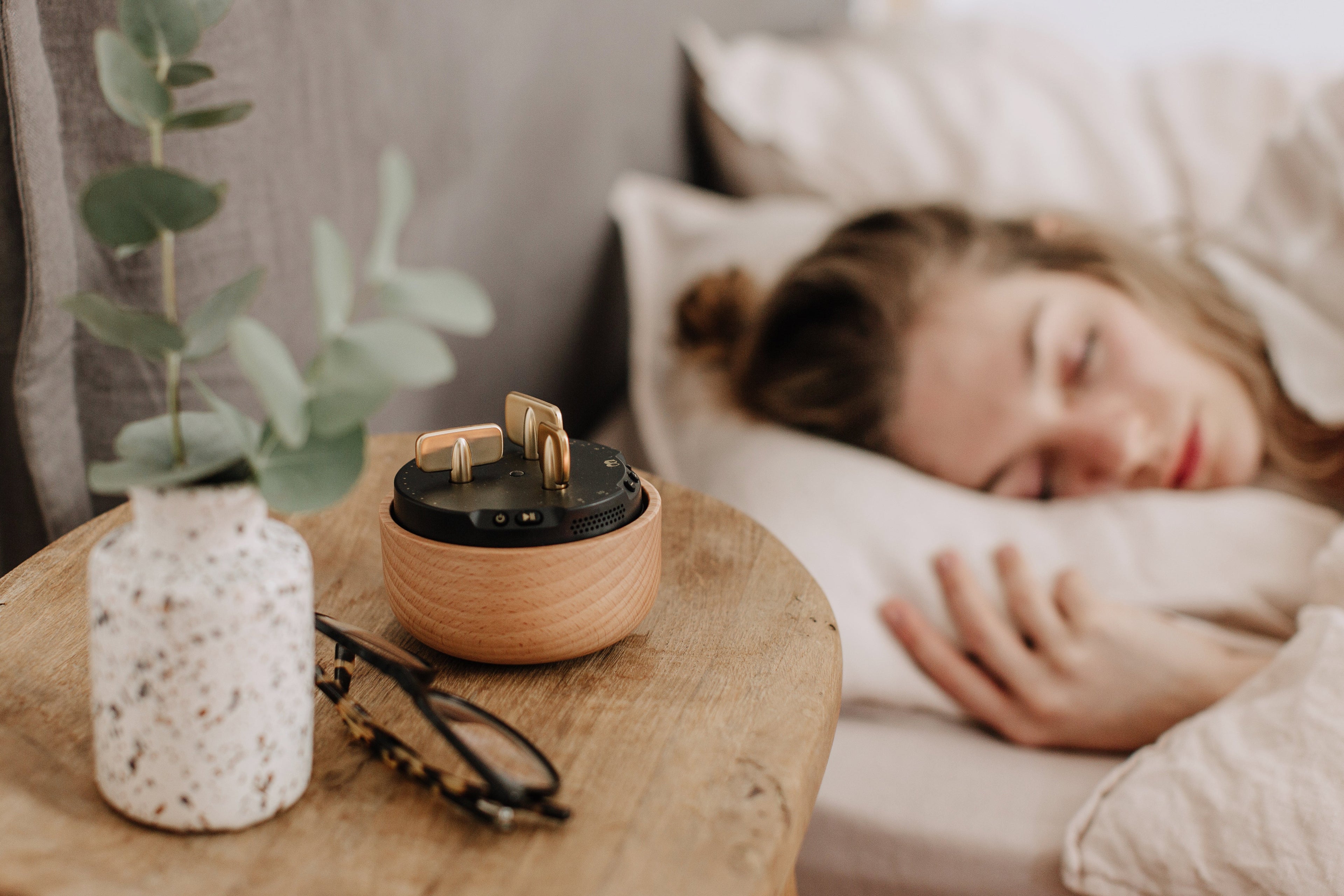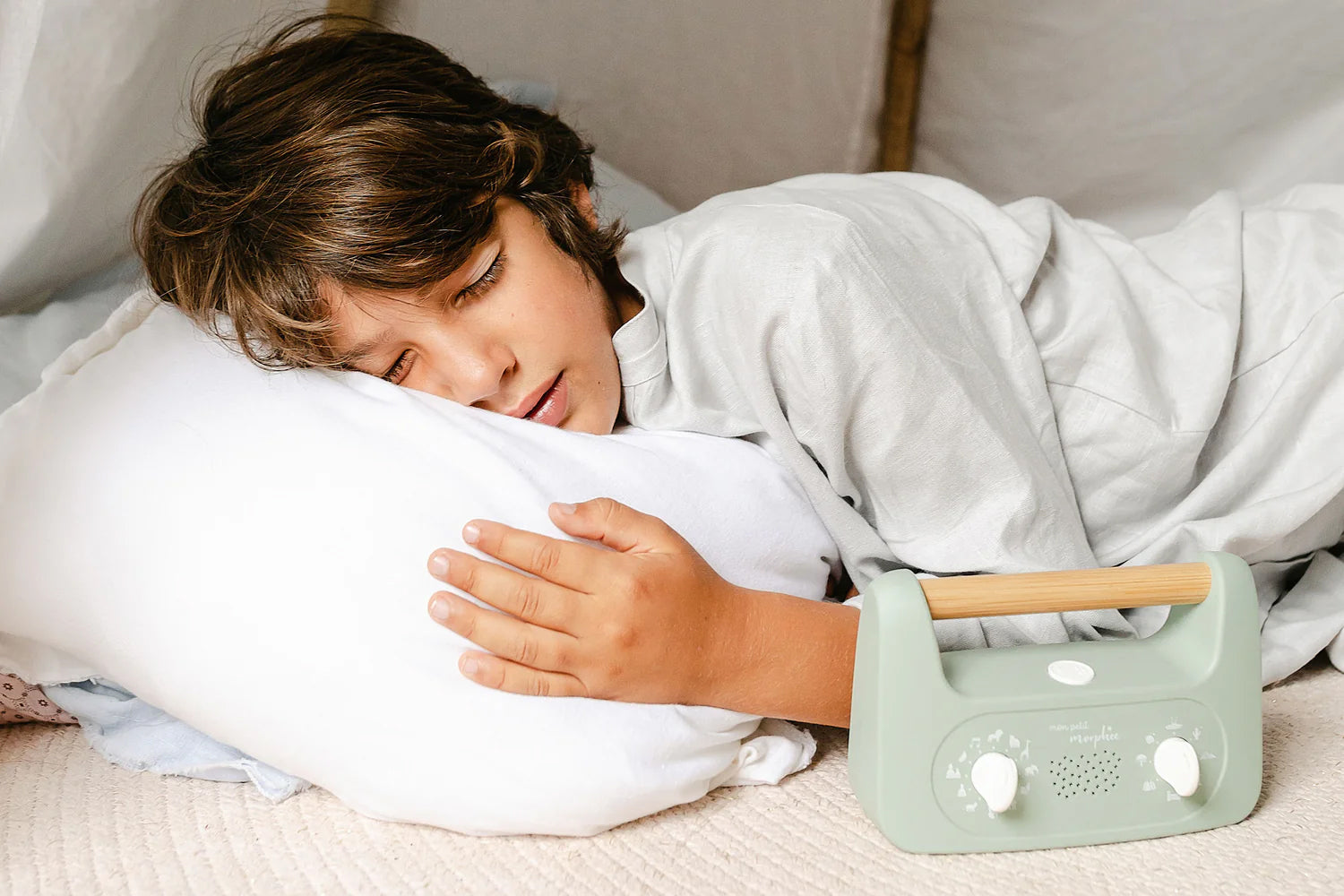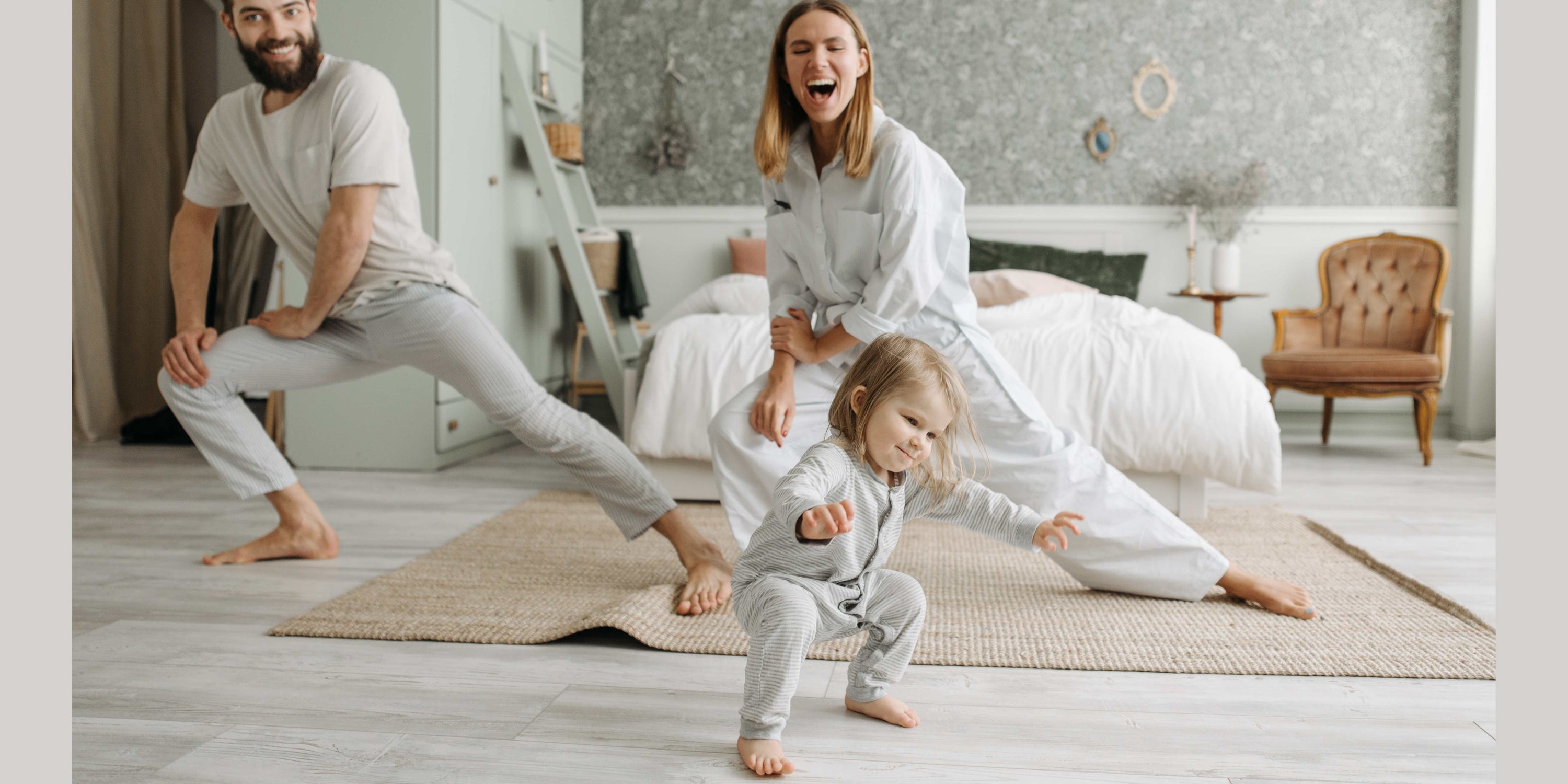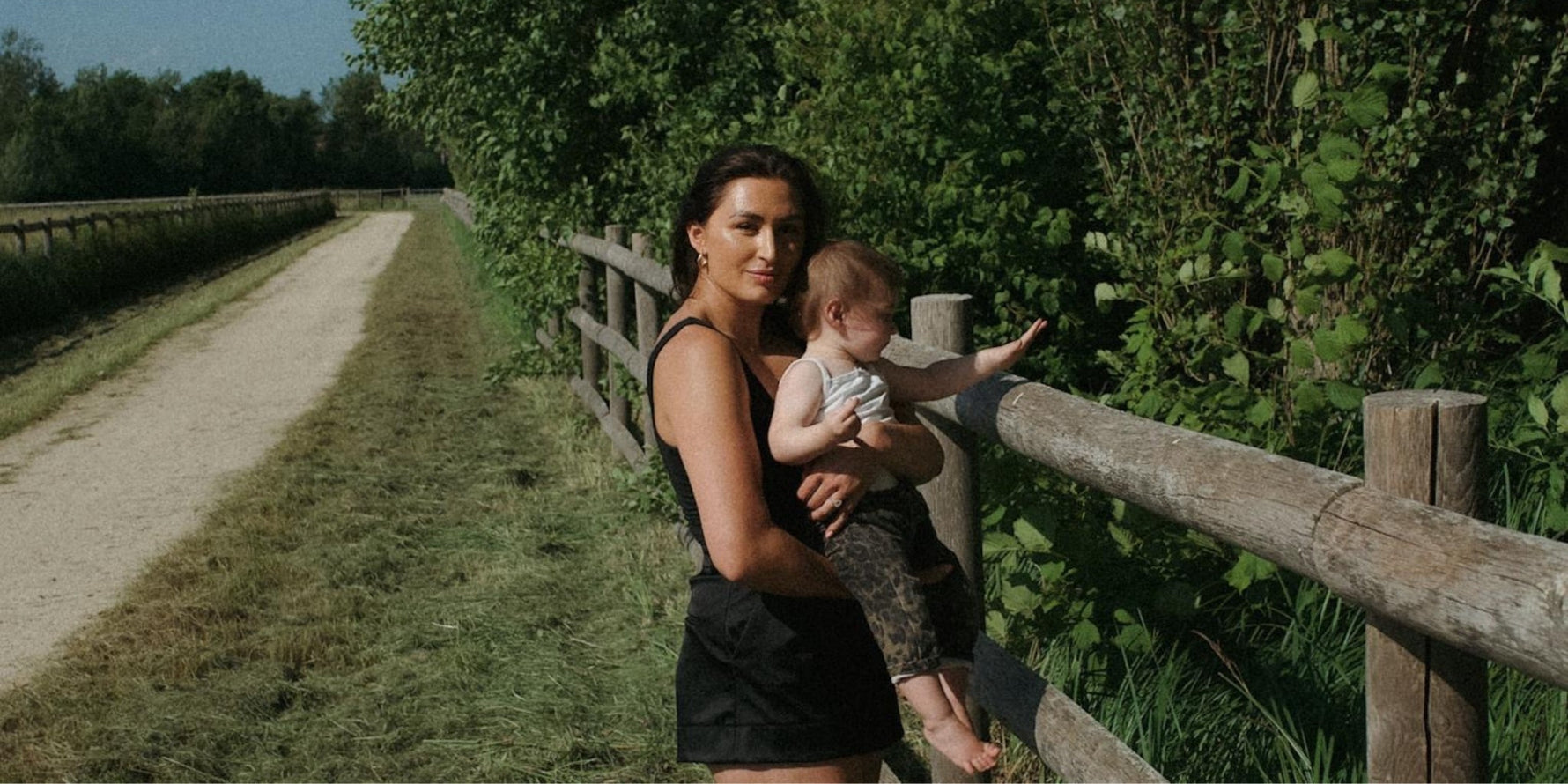We’ve all heard the wellness buzzword being bandied about, but unless you’re a health enthusiast who starts their day with fasting followed by a Pilates class at noon, you probably haven’t paid much attention to what it really is, why it’s so important, and how you can achieve it within the bounds of modern-day life.
Depending on who you ask, the dimensions of wellness can vary greatly. Personally, I need a bit more sustenance than a skinny green juice for lunch. However, most reasonable people will tell you that wellness is about living a healthy lifestyle where you have the ability and energy to live life to the fullest, without chronic suffering.
Although wellness looks different at every stage of life, in essence, it’s the act of practising daily healthy habits [or attempting, in my case] to achieve better physical and mental health outcomes. So, instead of just surviving, you’re thriving.
In other words, wellness isn’t a passive or static state but rather an ‘active pursuit’ involving intentions, choices, and actions as we work toward optimal health and wellbeing. Of course, this is significantly influenced by the physical, social, and cultural environments in which we live.
Remember, wellness is different from health. Although related, they are distinct concepts. The World Health Organisation defines health as ‘a state of complete physical, mental, and social well-being and not merely the absence of disease or infirmity.’ By contrast, the National Wellness Institute defines wellness as ‘an active process through which people become aware of, and make choices toward, a more successful existence.’
So, the bottom line is that wellness is, for the most part, a choice. It’s an active process, meaning it’s an ongoing effort for people to invest in themselves - it’s not something that is granted to you on a silver platter.
The challenge is that there are eight dimensions to it, and balancing those in this fast-paced world is not easy. Everyone is different, and some areas of your life will need more attention than others at different times.
These are some ways you can increase your own wellness in each area [not all at the same time obviously, because you’d burn out]!
Physical Wellness: Stay active with small daily actions like taking the stairs as opposed to the elevator, eat healthily, and ensure you get plenty of sleep.
Emotional Wellness: Be true to your feelings and share them with trusted people.
Social Wellness: Build connections by regularly reaching out to friends and family.
Occupational Wellness: Find satisfaction in your work by pursuing roles aligned with your passions and take breaks to avoid burnout.
Intellectual Wellness: Stimulate your mind by reading and learning whenever you can.
Financial Wellness: Be aware of your finances, create a budget for stability, and seek expert advice if necessary.
Environmental Wellness: Spend time in uplifting environments, enjoy nature, and declutter your space to reduce stress.
Spiritual Wellness: Explore activities that give you a sense of purpose, align with your values, and help others in need.
Achieving wellness is a journey unique to each of us. By paying attention to these eight dimensions and making small, intentional changes, you can enhance your overall well-being and lead a more fulfilling life. Remember, wellness is about progress, not perfection. So, start today, take one step at a time, and celebrate the little victories along the way. Here’s to a healthier, happier you on this Global Wellness Day, and beyond.
Written by Jacqui Mills.

























